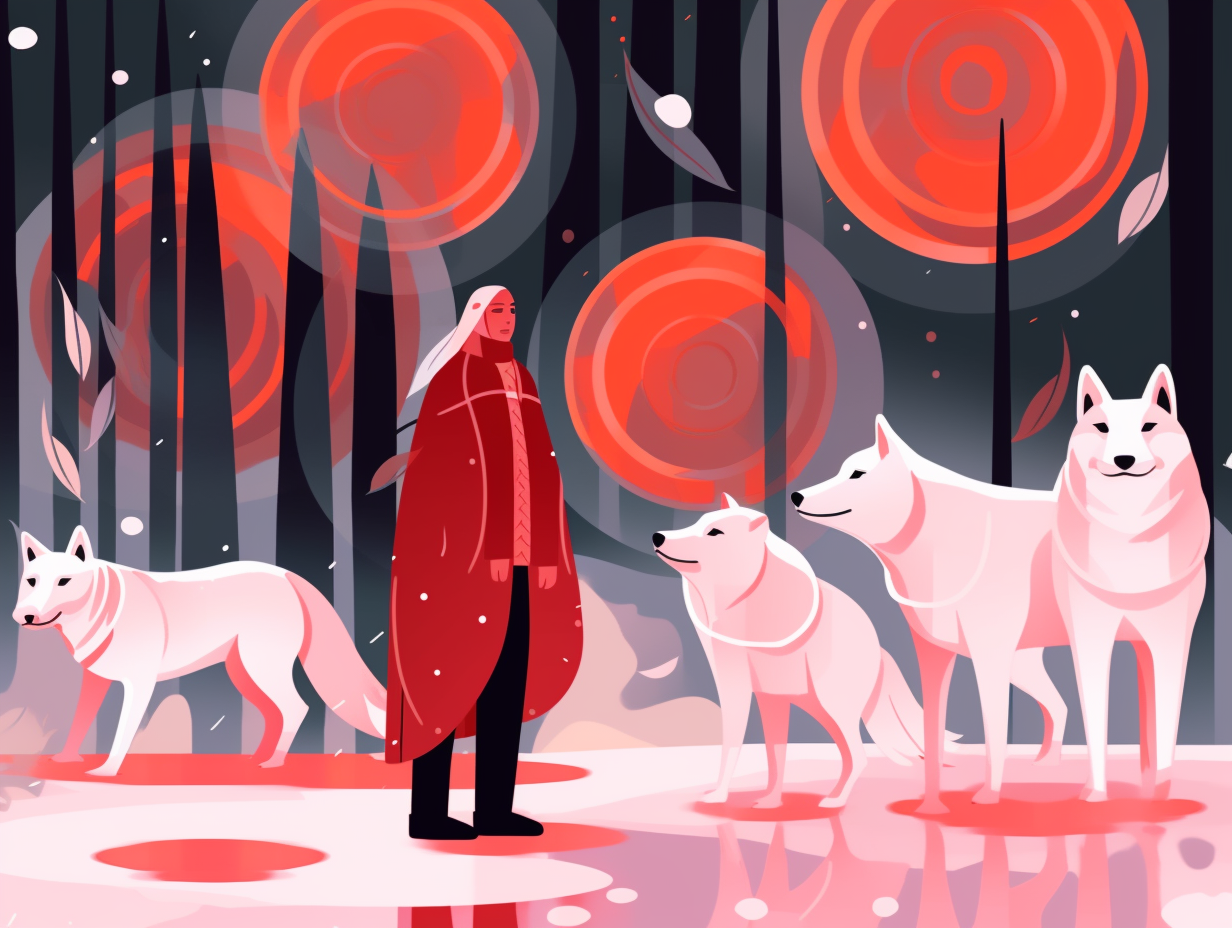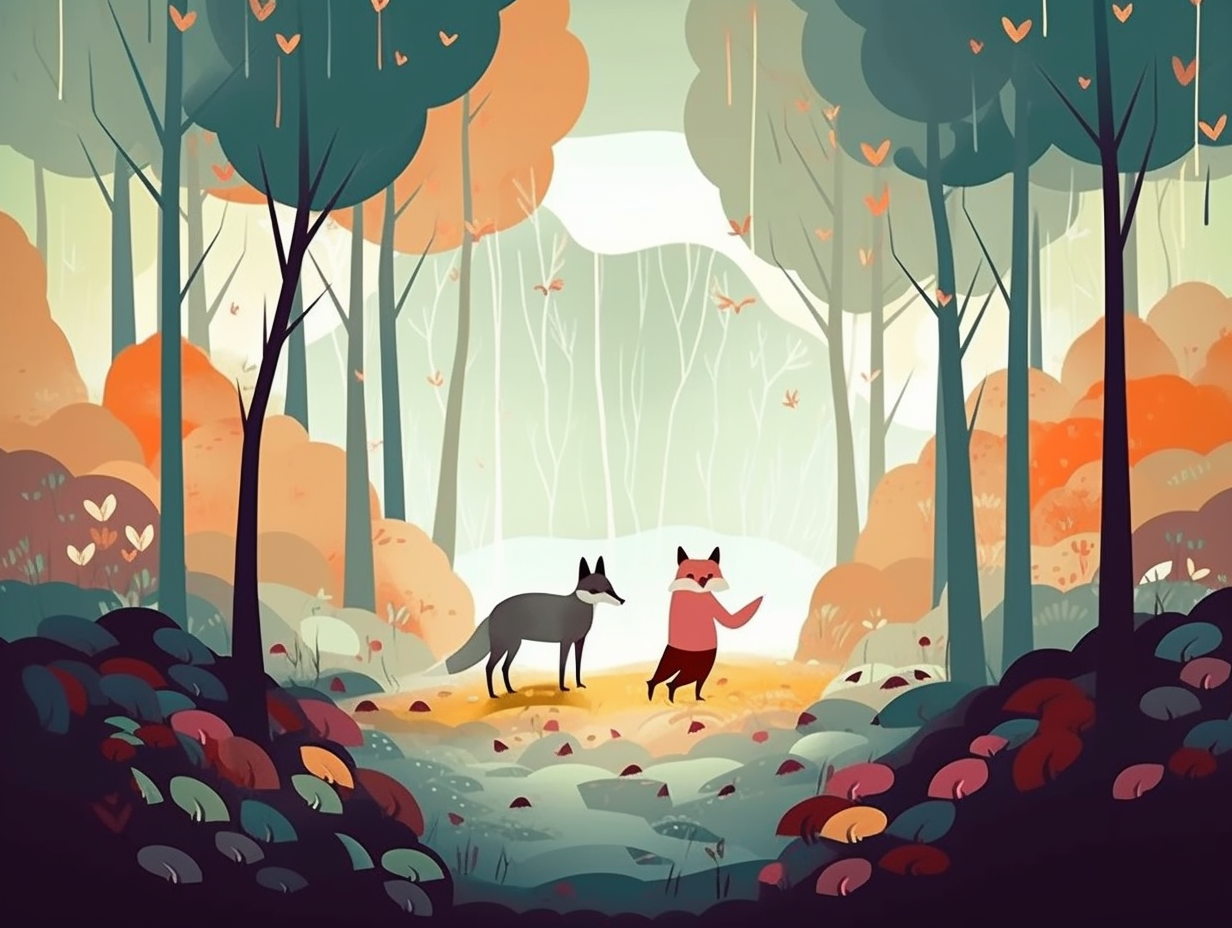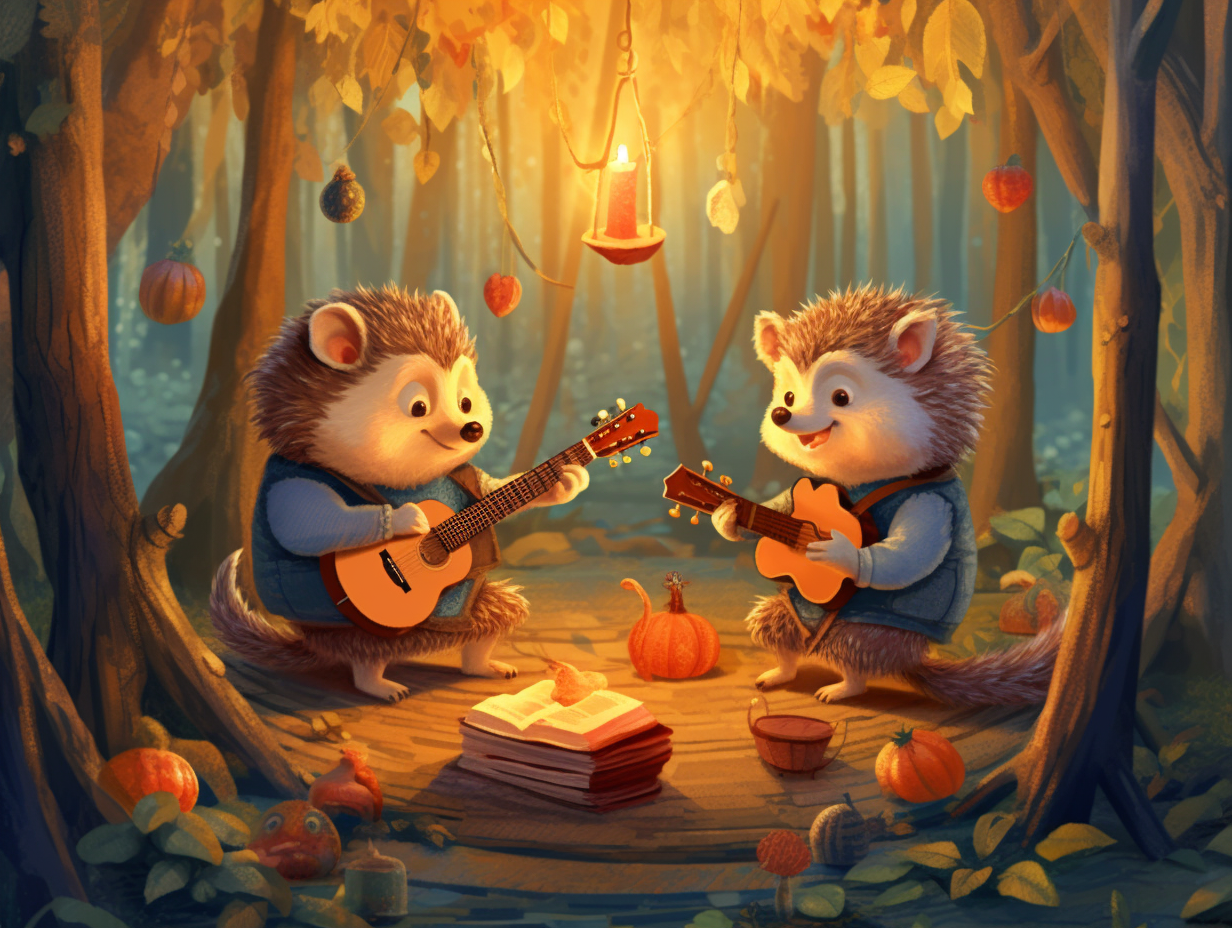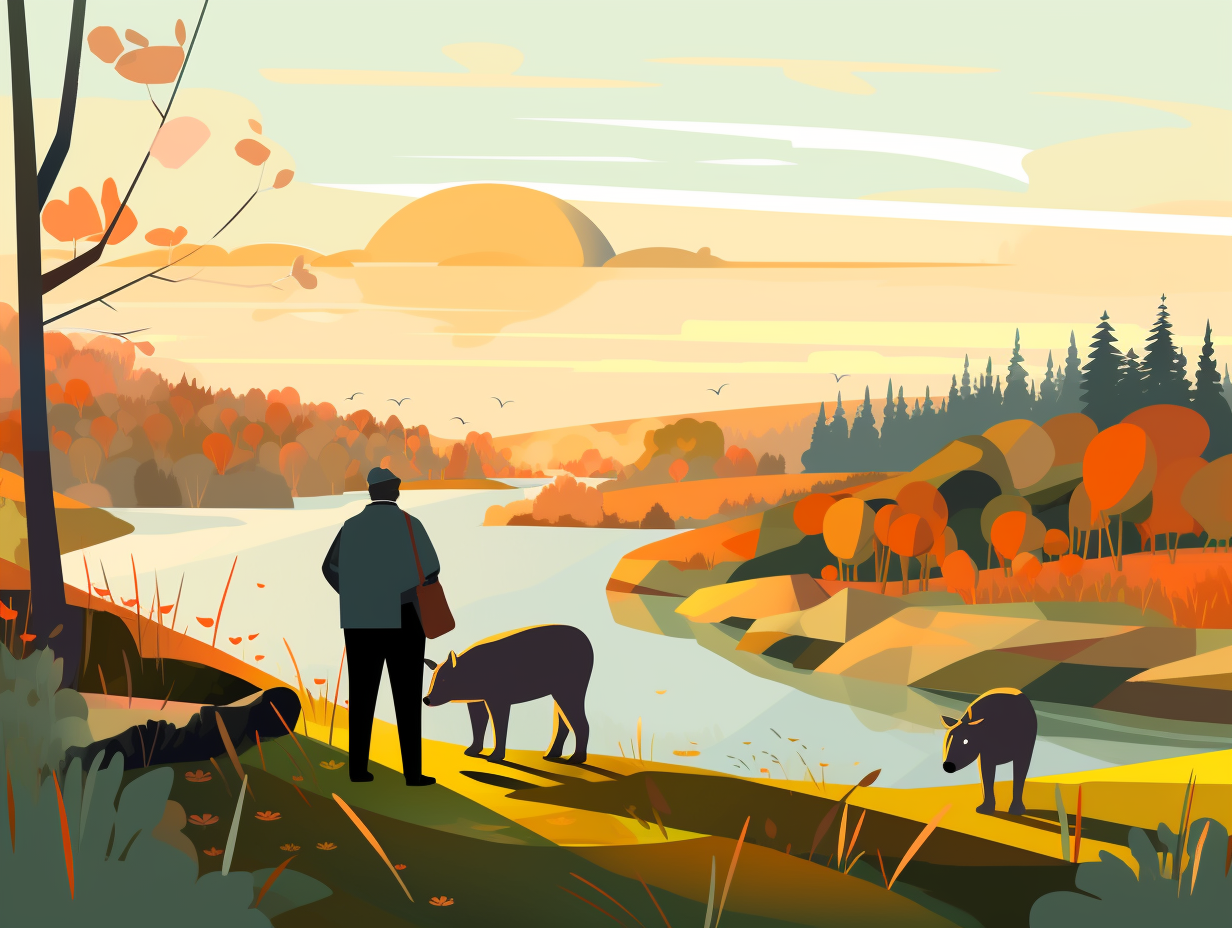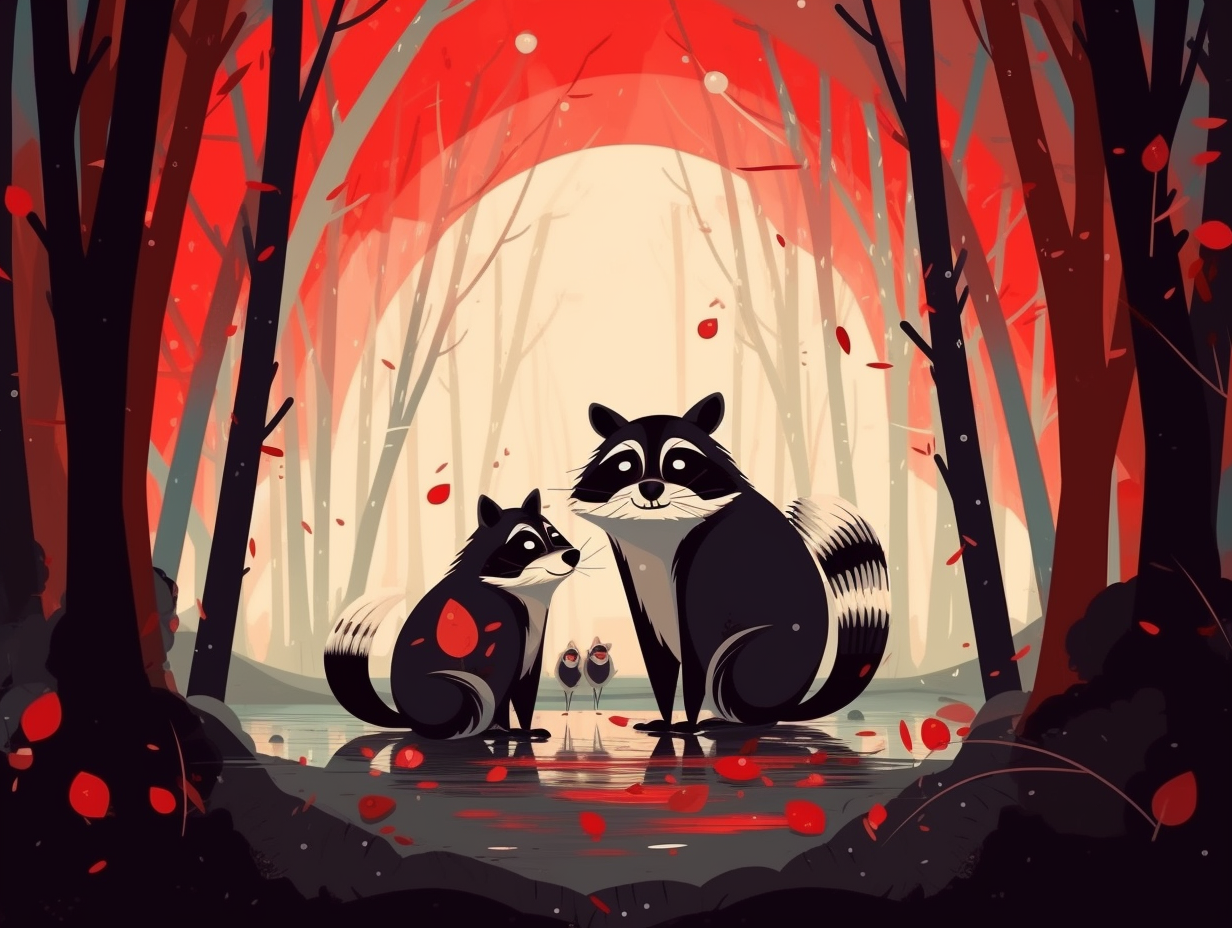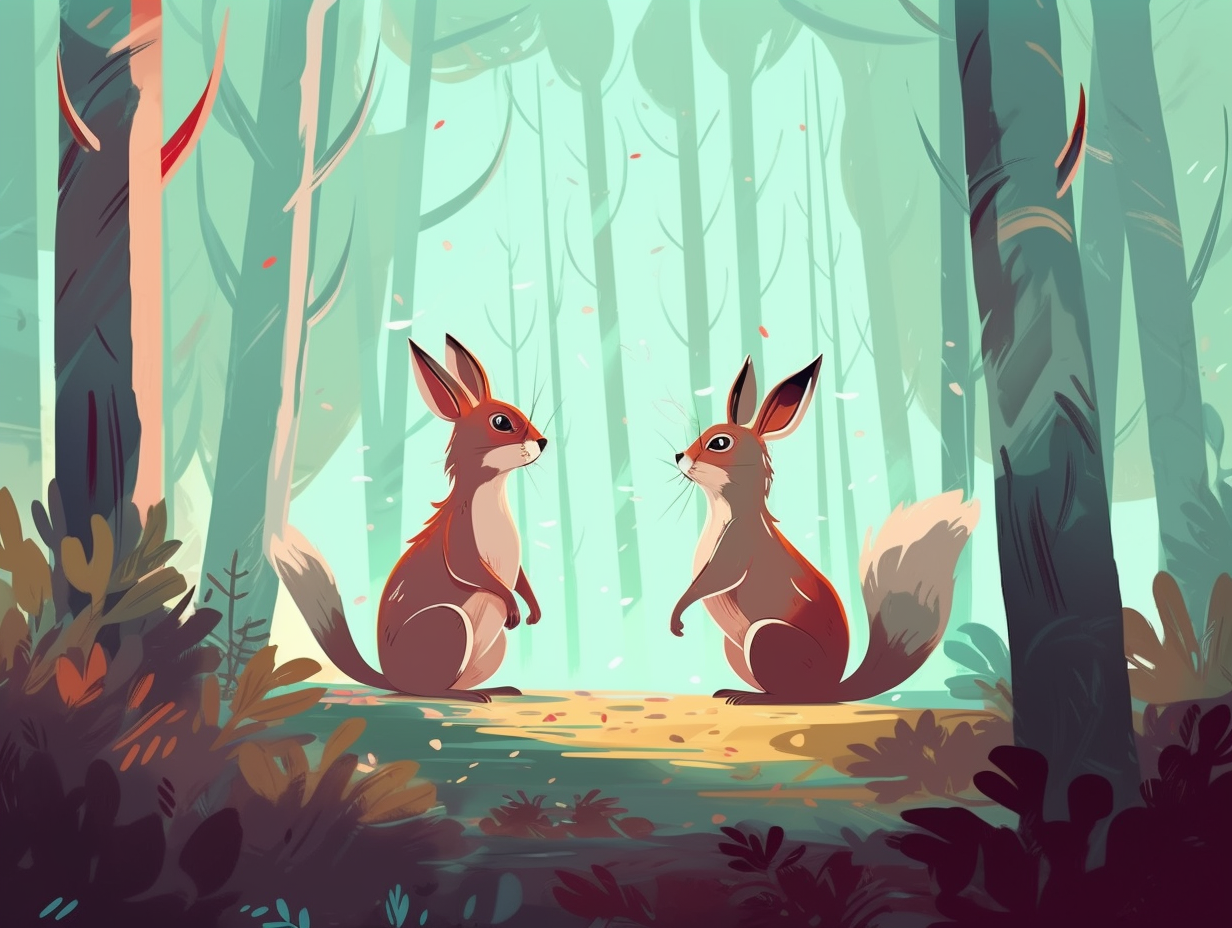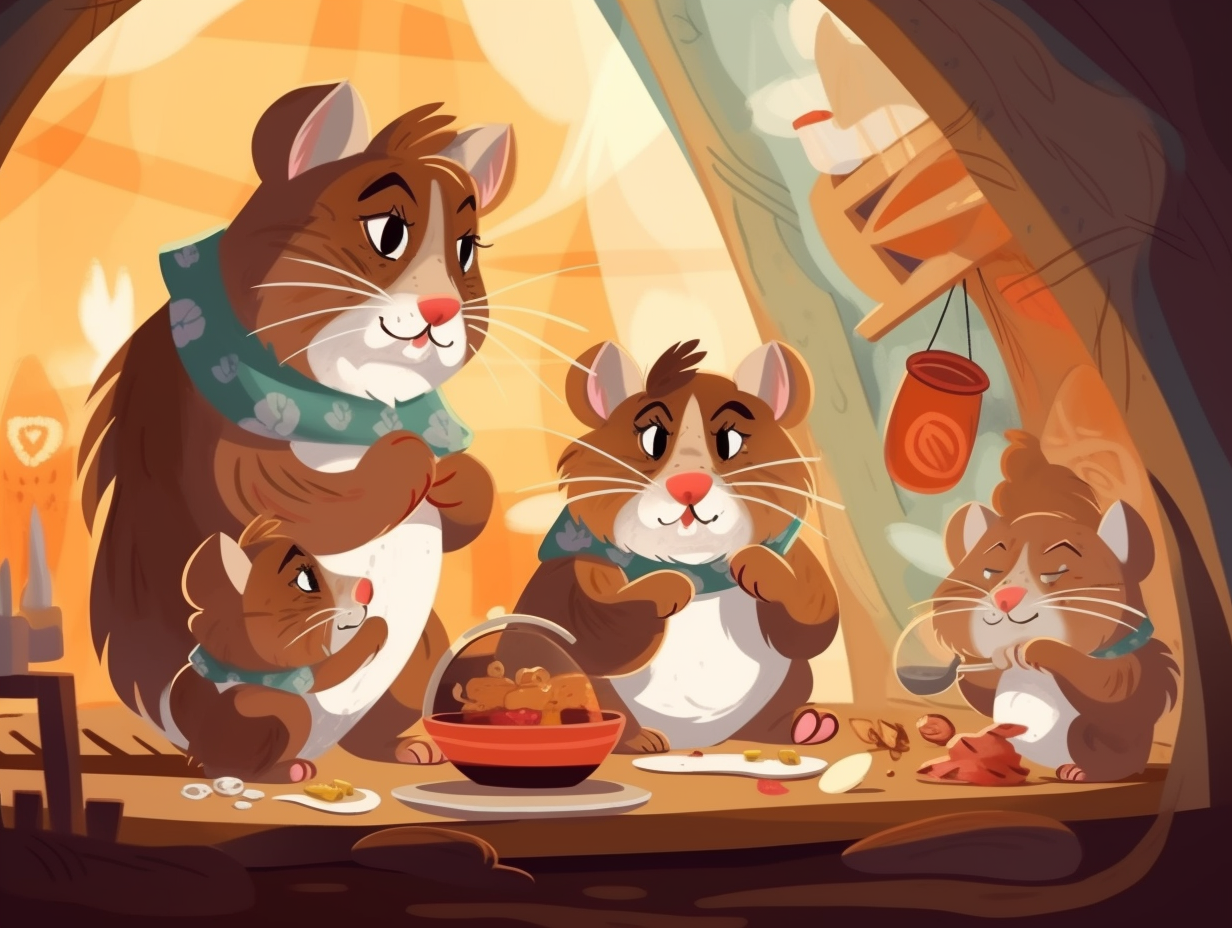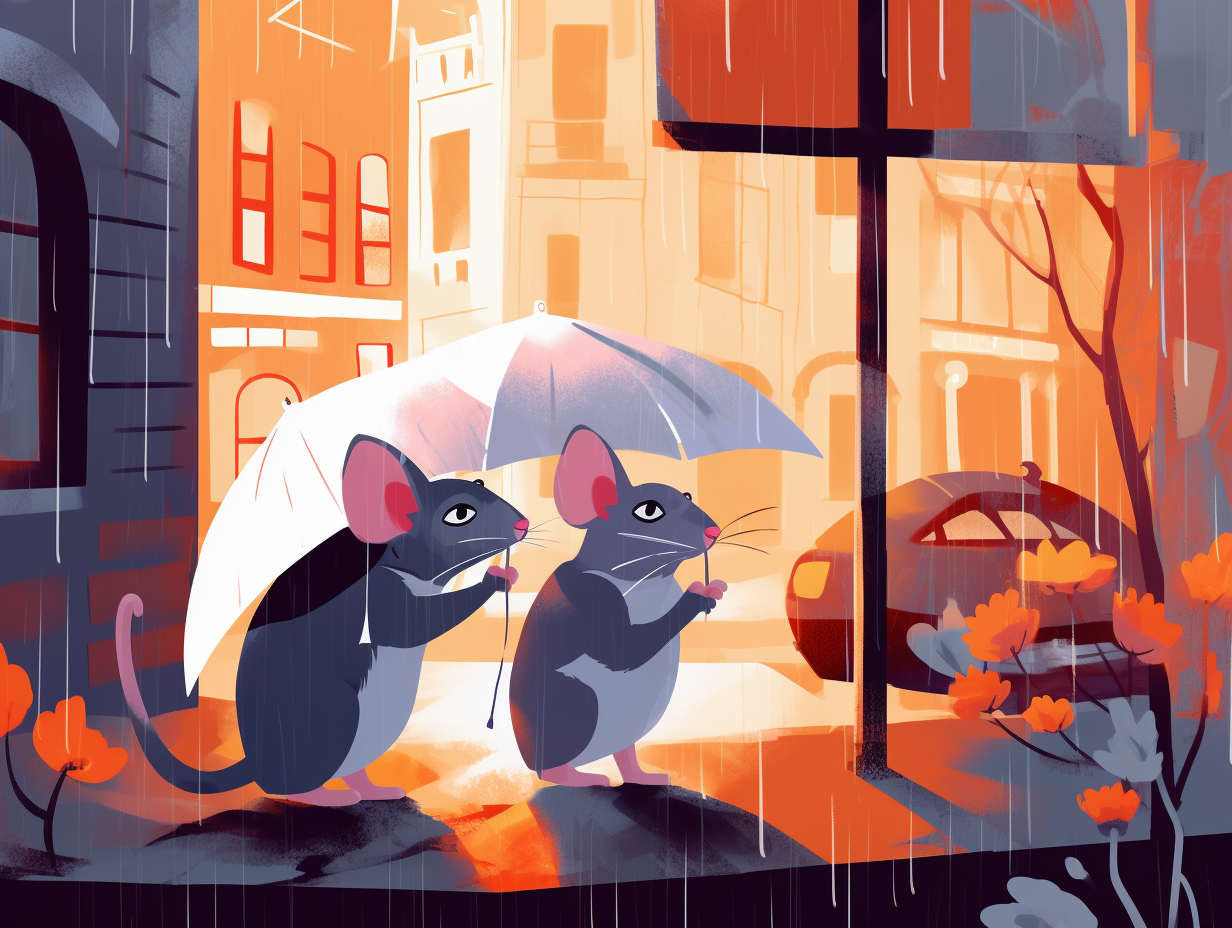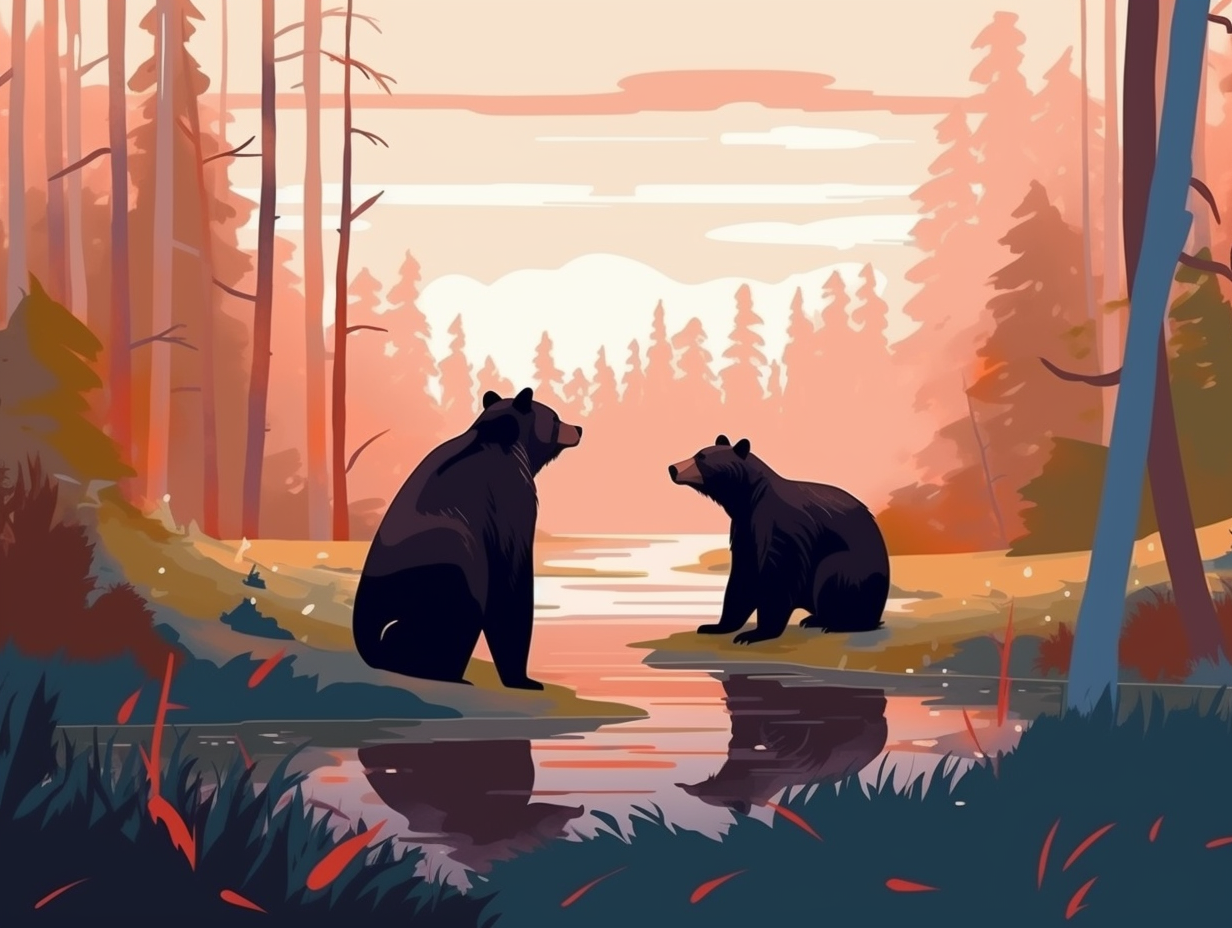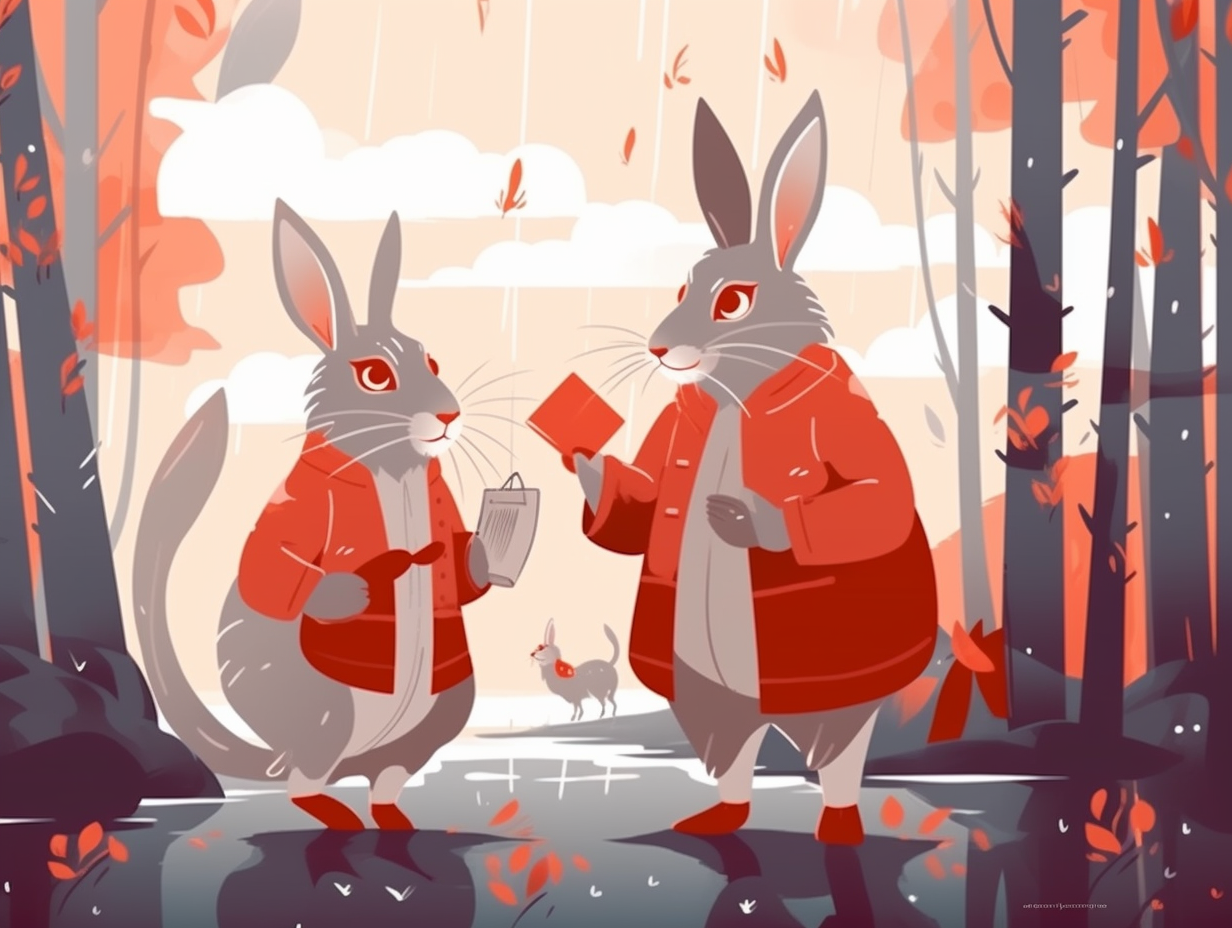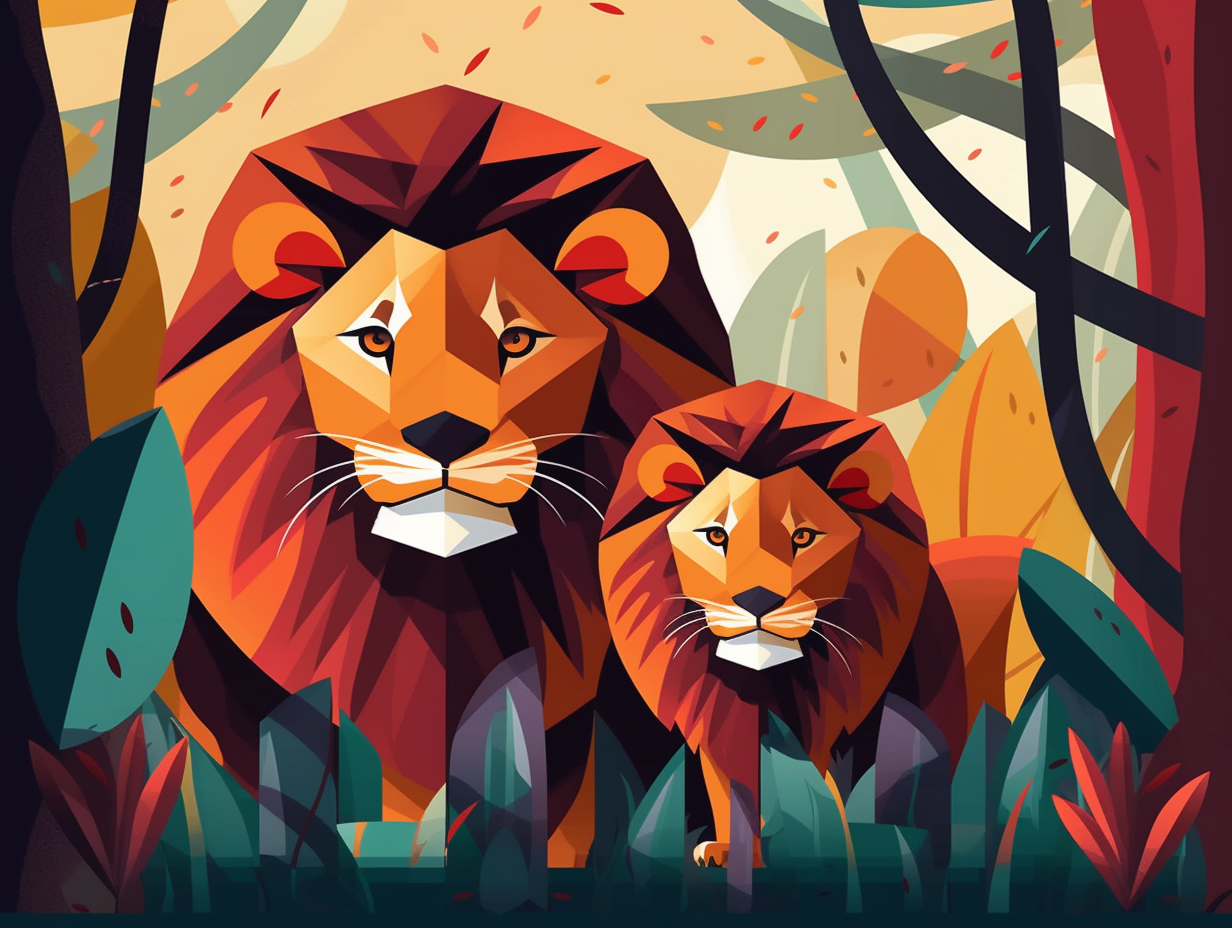Discover the Canine World: Top 27 Fun and Fascinating Facts About Dogs You Never Knew!
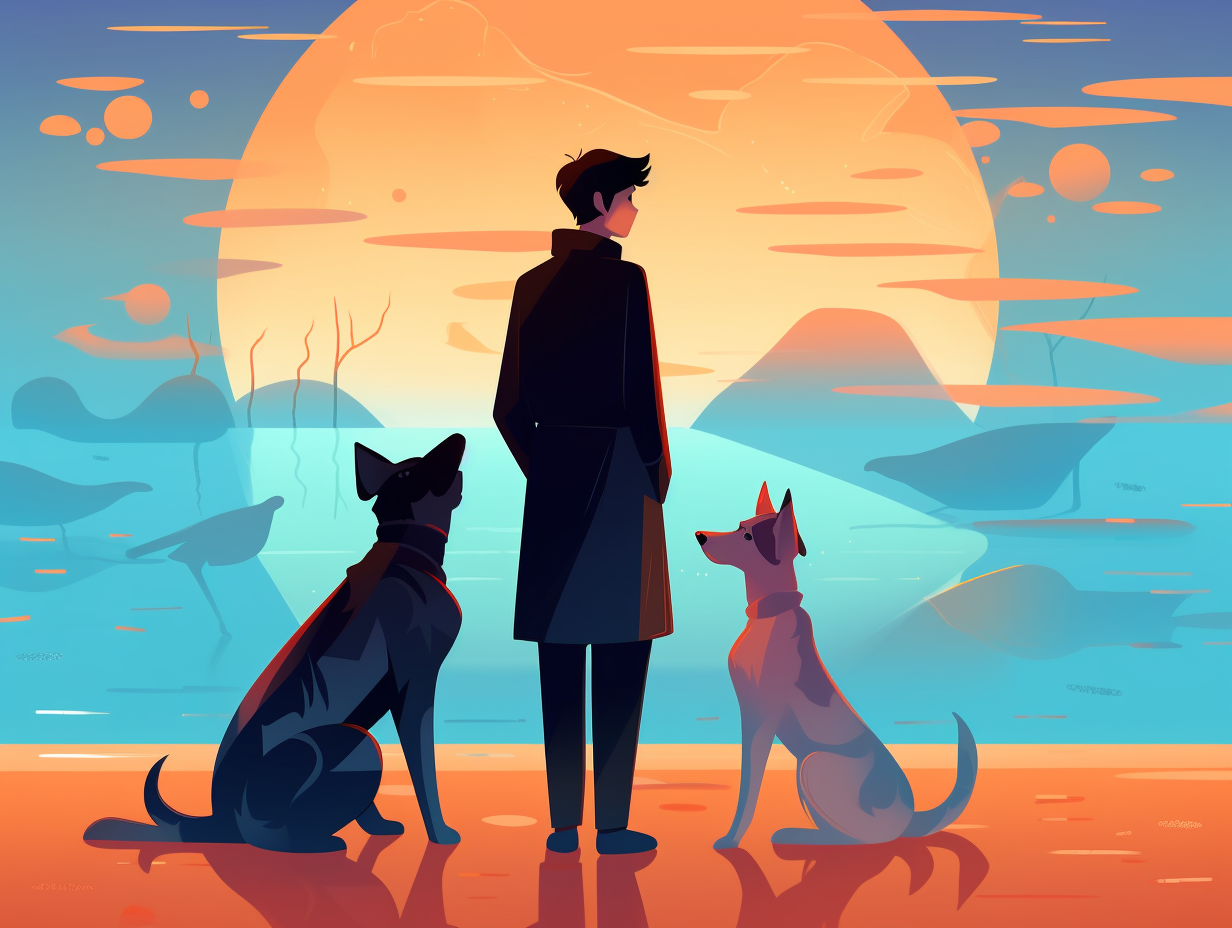
1. Bloodhound Detectives
Move over, Sherlock Holmes – there's a new detective on the block with an even keener sense of smell: Bloodhounds have been trained to discriminate human scents, making them valuable for law enforcement in criminal investigations. While scientific evidence is limited, studies suggest the error rate for a trained bloodhound-handler team is quite low.
Source => pubmed.ncbi.nlm.nih.gov
2. George Washington's Dog Passion
Who let the dogs out at Mount Vernon? George Washington, that's who: This founding father was not just the president of pooches but also a passionate breeder of hounds, spaniels, terriers, and even a Newfoundland, all of which shared his historic estate. In a patriotically pawesome twist, Washington played a key role in developing the American Foxhound breed though a breeding program, furr-real, though the breed itself resulted from mixing English and French hounds with local American stock.
Source => mountvernon.org
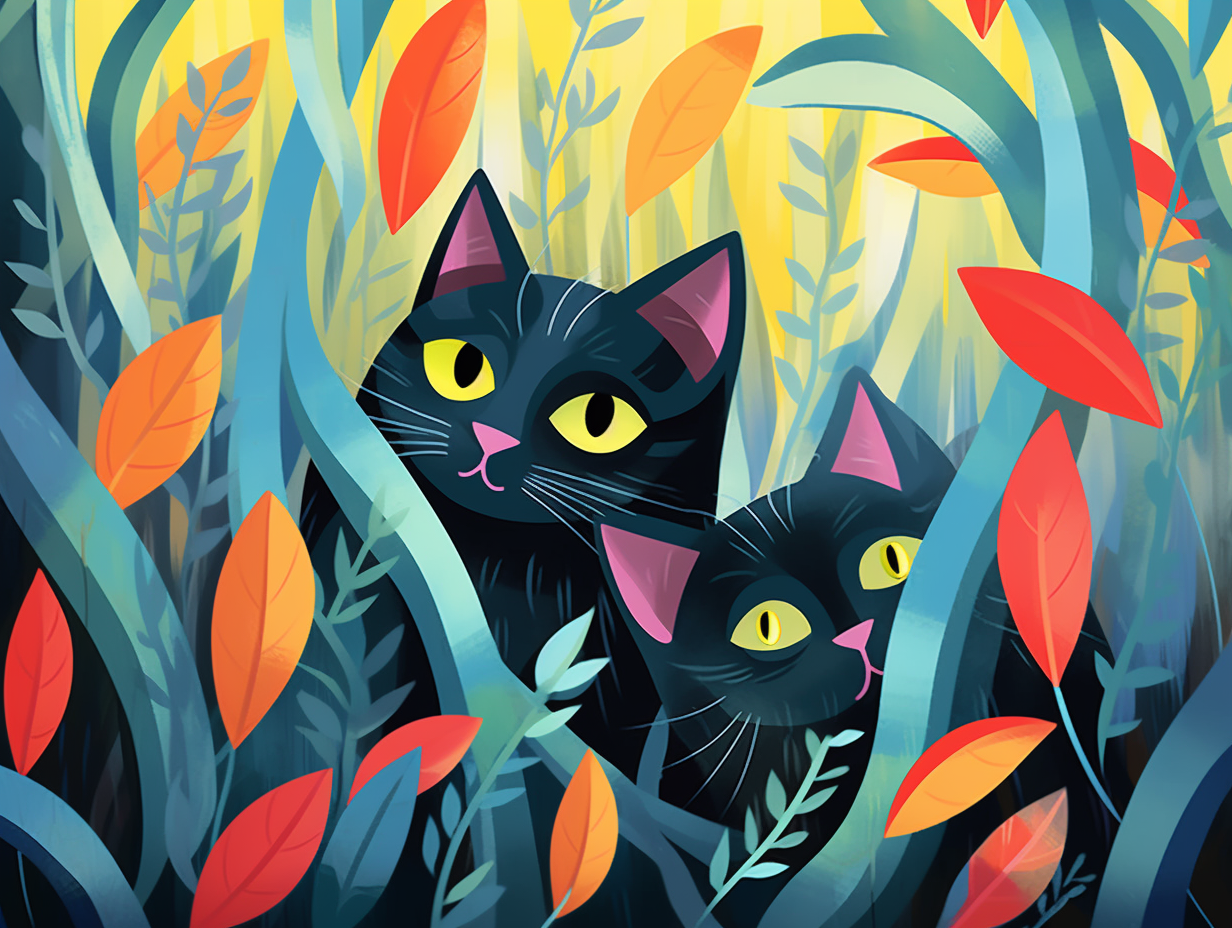
Did you know cats can't sweat? Discover their unique methods of staying cool, from self-grooming to finding the perfect chill spots! 🐱❄️
=> Fun Facts about Cats
3. Canine Communication
Who let the dogs talk? A canine's vocabulary isn't just limited to barks and woofs: these furry delinquents deploy a dazzling array of moans, sighs, whines, and growls to convey emotions like pleasure, excitement, and even playfulness with their littermates, mother, and human friends.
Source => akc.org
4. Newfies' Built-in Wetsuits
Who let the dogs out? Into the pool, that is! Newfies, or Newfoundland dogs as they're formally known, come decked out in their very own wetsuits – no kiddin': These canine lifeguards boast waterproof double coats that not only keep them warm while paddling about, but also help them stay afloat. But beware, not all Newfies are aquatic aficionados – some need a little doggy paddle training before diving into a career in water rescue.
Source => hepper.com
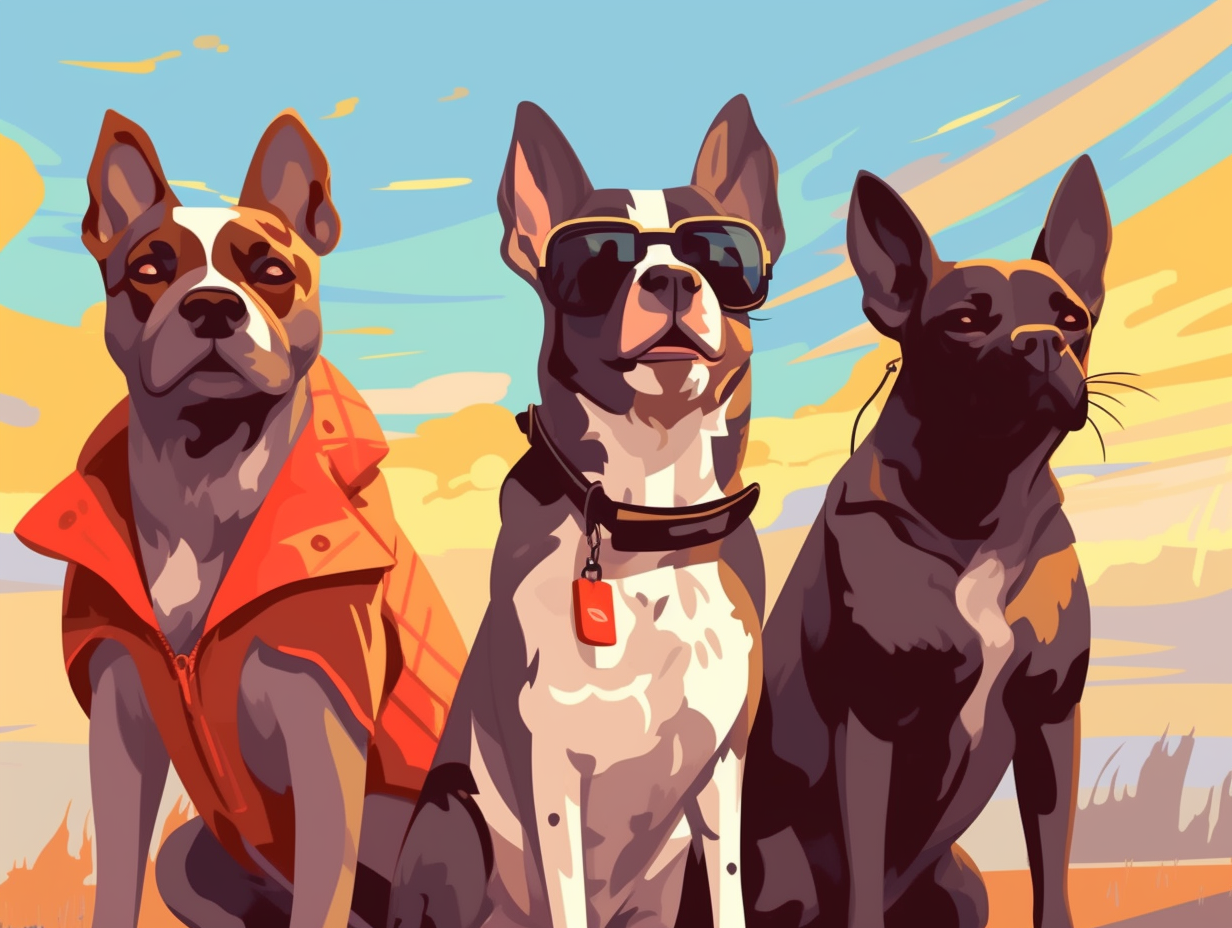
5. Greyhounds vs. Usain Bolt
If running like the wind was a sport, greyhounds would be on a collision course with Usain Bolt himself, catching up with his record, one stride at a time: The greyhound is not only the fastest dog breed in the world, but also maintains a speed of approximately 35 mph for up to 7 miles, has an incredible 270-degree range of vision, and still fits the bill as a gentle family pet with just a dash of daily sprinting in a spacious area.
Source => finance.yahoo.com
6. Pugs, the Ancient Lapdogs
Pugs, the original trust fund babies, living lavish lives of leisure without lifting a paw: were actually bred as prized companions for wealthy ancient Chinese elites, enjoying the lapdog luxury under the watchful eye of guards and servants to ensure their pampered safety and comfort.
Source => akc.org
7. Dogs Deciphering Emotions
Move over, Sherlock Holmes, there's a new detective in town: our furry canine companions! With their keen noses, observant eyes, and sharp ears, they're always on the case, ready to decipher the emotional mysteries of their human counterparts: Dogs possess the remarkable ability to recognize and distinguish between various human emotions through facial expressions, voice tones, and even scent. They can interpret the difference between happy and angry faces, sense emotions through sweat samples, and process emotional cues in tandem with word meanings, mirroring human cognition. Furthermore, they cleverly employ their expressive faces to signal to us and even mimic their owners' expressions in a heartwarming gesture of empathy.
Source => rspca.org.uk
8. Bite Inhibition Training
Talk about a "paw-sitive" learning experience: dogs develop bite inhibition from playful bouts with fellow canines, learning to restrain their jaw power so as not to upset their furry friends.
Source => aspca.org
9. Dogs' Colorful World
What if I told you that dogs are basically living an eternal blue-yellow disco party without the reds? That's right, Fido sees the world through groovy two-tone glasses, but doesn't know the joy of red delirium: Dogs only have two types of cones to identify blue and yellow, making them red-green color blind. So when choosing toys for your canine companion, opt for bright blues and yellows to ensure the most vibrant playtime experience!
Source => spca.bc.ca
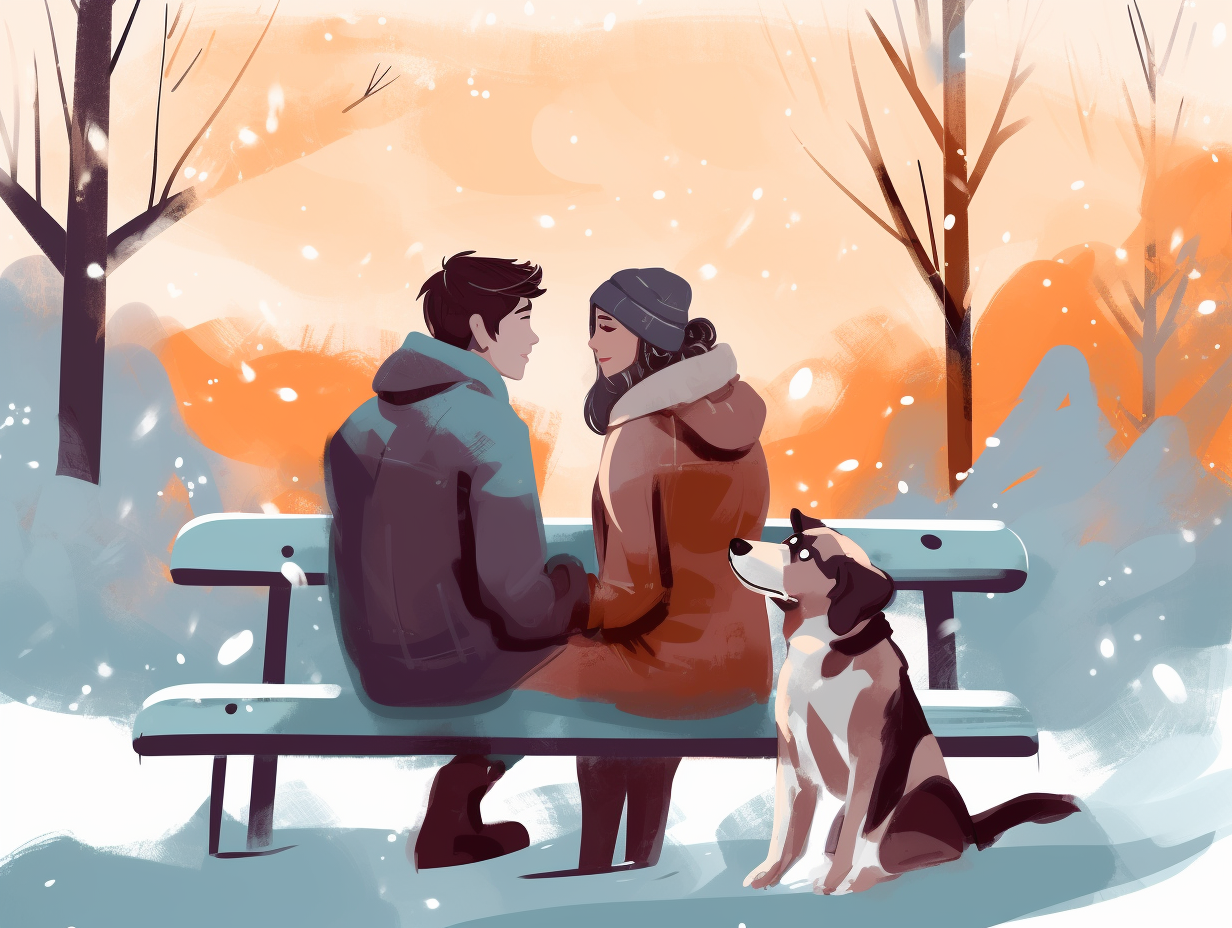
10. Drool-proofing Canines
Does your slobbery pooch need a drool-proof muzzle? Fear not, for canine plastic surgery is here to save the day: Cheiloplasty is a procedure in which a "drool dam" is created by stitching a portion of a dog's lower lip to the inside of their cheek, encouraging the drool masters like Bassets, Mastiffs, Saint Bernards, and Newfoundlands to swallow the uncontrolled saliva and maintain a tidier environment.
Source => elmwoodvet.com
11. Painting Dog Masterpieces
When it comes to artistic talent, dogs are certainly no Van Gogh-to hounds: Secret, an Australian Shepherd, has been taught by her owner to skillfully paint with a brush secured in her mouth, not only covering a canvas in a multitude of colors, but even producing an intricate flower masterpiece.
Source => dailypaws.com
12. Labradors: Word Wizards
If a Labrador Retriever were to participate in a spelling bee, it might just give the young contestants a run for their milk money: Labradors can learn up to 250 words, mastering commands with 95% obedience and often serving as dedicated companions for visually impaired folks.
Source => dogsbestlife.com
13. Multitasking Belgian Malinois
Faster than a speeding bullet and more versatile than a Swiss Army knife, it's the Belgian Malinois to the rescue: These canine multitaskers excel in herding, tracking, obedience, K9 Protection Sports, Belgian Ring defense-dog sport, and are often top picks for military and police roles such as patrol, scouting, and sniffing out nefarious substances.
Source => belgianmalinois.net
14. Queen Elizabeth's Corgi Love
The royal bark continues: Queen Elizabeth II was, in fact, the ultimate Corgi enthusiast, personally running a breeding program at Windsor Castle for decades, starting with her first pup Susan, a Pembroke Welsh Corgi received on her 18th birthday. Over the years, multiple generations of Susan's descendants have wagged their tails in the royal presence, and although the breeding chapter is now closed, the Queen's furry love affair endures with two new additions, Muick and Sandy, in 2021.
Source => akc.org
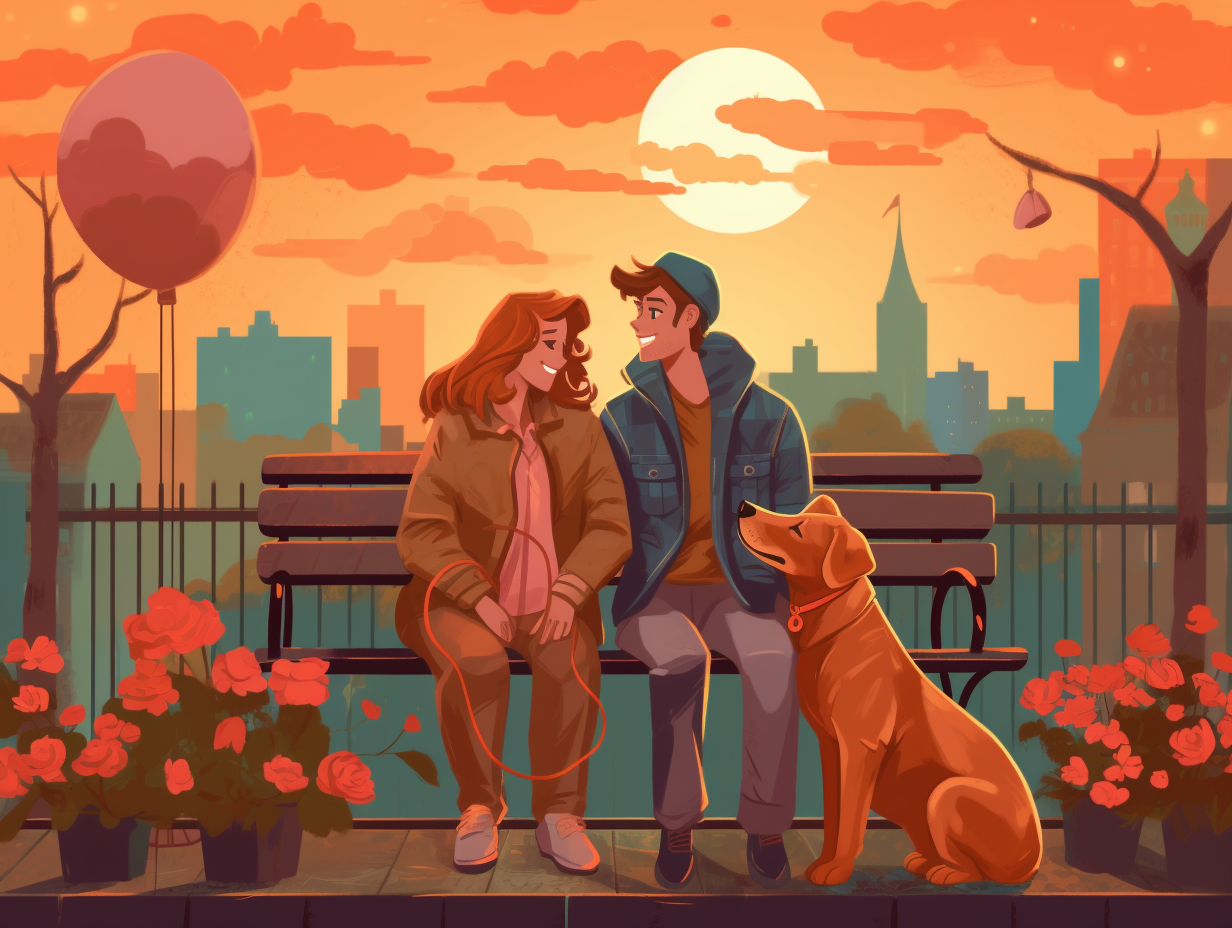
15. Chihuahuas and the Afterlife
Who let the dogs out... to guide souls into the afterlife? The Aztecs, apparently: They believed that when a noble perished, a Chihuahua would be sacrificed and buried or cremated alongside the deceased, as its spirit would help the noble's soul cross a river into the afterlife on its tiny canine back.
Source => akc.org
16. Shiba Inus: Cat-like Groomers
If a Shiba Inu and a cat walked into a bar, they'd probably be BFFs in no time – but don't be fooled by their shared cleanliness: Shiba Inus may be low-odor dogs with cat-like grooming habits, but they still require regular baths and brushing to maintain their luxurious coats and manage their impressive shedding skills.
Source => myfirstshiba.com
17. Service Dogs: Superheroes
In a canine world where Lassie is saving Timmy from wells and Scooby-Doo is solving mysteries, let's not forget about the unsung heroes of the dog realm: those diligent service dogs aiding their humans like a Marvel superhero sidekick: In the United States, there are approximately 500,000 of these incredible service dogs assisting people with disabilities in various ways, from guiding the visually impaired to alerting handlers to health emergencies and more, all thanks to the Americans with Disabilities Act which ensures these caped canine crusaders can access almost everywhere their humans go. Though not as prevalent in other countries like Mongolia, trainers like Linda Ball are working to promote the paw-some benefits of service dogs globally, spreading their superhero-like abilities to those in need everywhere.
Source => share.america.gov
18. Dalmatians: Spot Apocalypse
Polka dot apocalypse: Dalmatian puppies burst into a frenzy of spots around 10 days old, with their monochrome mark-making bonanza ending in a crescendo at 2 years. Spots' quantity and location are set from birth, and a peek at their nose reveals the spot color – black for a black-nosed pup, and liver for a brown snout.
Source => dogcutieshq.com
19. Dogs' Superior Hearing
Feeling ear-resistibly outclassed in a howling competition with Fido? Don't fret, it's not entirely your fault: dogs have a much wider range of hearing than humans, able to pick up frequencies up to 8,000 Hz thanks to specialized hair cells in their inner ear's cochlea.
Source => whole-dog-journal.com
20. The (Usually) Non-barking Basenji
Who let the dogs...not bark? Basenjis must've been nature's idea of a prank on your noisy neighbor: As a matter of fact, not all Basenjis make the typical canine noises you'd expect. Many are virtually silent, communicating through grunts or yawns, and those that do vocalize prefer a unique melody, ranging from a gentle "baroo" to yodel-like howls, which they save for times of excitement or encouragement. Apartment living? No problem, as long as these stealthy pups are comfortable and there's no constant call to action for their symphony.
Source => basenjiadventures.com
21. Evolution of Puppy Dog Eyes
Who knew "puppy dog eyes" were the OG influencers: Dogs have evolved an inner eyebrow muscle over the past 33,000 years that enables them to make that heart-melting expression, which is absent in most modern wolves. This adaptive change likely emerged because of the nurturing response it elicited from humans, allowing dogs to uniquely make eye contact and communicate with us, thus strengthening the bond between species.
Source => dogsbestlife.com
22. Corgis' Enigmatic Name
While Corgis might seem like the punchline of a canine joke with their stubby legs and adorably serious expressions, their name actually hints at their mysterious, yet noble origins: The word "Corgi" is believed to stem from the Welsh language, with "cor" possibly meaning either "watch over" or "dwarf," and "gi" meaning dog, effectively highlighting the Pembroke Welsh Corgi's roots in Pembrokeshire, Wales.
Source => akc.org
23. Tibetan Mastiffs: High-altitude Hounds
While Tibetan Mastiffs might seem like they've hopped on the "zen mountain retreat" bandwagon to perfect their downward dog pose, it turns out they've actually got an impressive evolutionary skillset up their furry sleeves: These high-altitude hounds boast over a dozen genetic adaptations that help them survive low oxygen levels in the mountains, setting them apart from the yak and Tibetan antelope, and even sharing some traits with their human neighbors!
Source => thebark.com
24. English Setters: Trendsetters
If you thought Madonna was the ultimate trendsetter, think again: meet the English Setter, a breed dating back 400-500 years and renowned for its hunting skills, loyalty, and downright good looks. This aristocratic canine of the Setter family not only ruled the 19th-century breeding scene but could also flush out game with unparalleled poise and pizzazz.
Source => petguide.com
25. Afghan Hound: Doggy Diva Olympian
Did you know that the Afghan Hound is like a doggy Olympian with a high-maintenance diva attitude, boasting the skills of a marathon runner and the fabulous wardrobe of a fashion icon? Well, dear reader, behold the Tazi: a nimble and comically independent breed dating back thousands of years and originally bred for hunting large prey in Afghanistan, this fancy pupper's silky coat requires diligent grooming, exceptional athletics and a natural talent for lure coursing competitions due to their remarkable hip joints, heightened vision, and coursing instincts.
Source => dogtime.com
26. Airedale Terriers in WWI
Who let the dogs out in World War I? Airedale Terriers parachuted in, wearing gas masks and playing nurse! The serious scoop: These courageous canines were trained by Lt Col Edwin Hautenville Richardson to carry messages, locate injured soldiers, wear gas masks, and even carry first aid supplies to the battlefield. Strays from all over the country were recruited and trained, becoming key players in the war effort.
Source => bbc.com
27. Healing Power of Cute Animals
Feeling a bit "ruff" and need a prescription for cuteness? This might just be what the dog-tor ordered: A study by the University of Leeds and Western Australia Tourism found that watching adorable animals for 30 minutes decreased blood pressure, heart rate, and anxiety levels, with participants preferring video clips featuring frolicking furballs interacting with humans.
Source => cnn.com
Related Fun Facts

